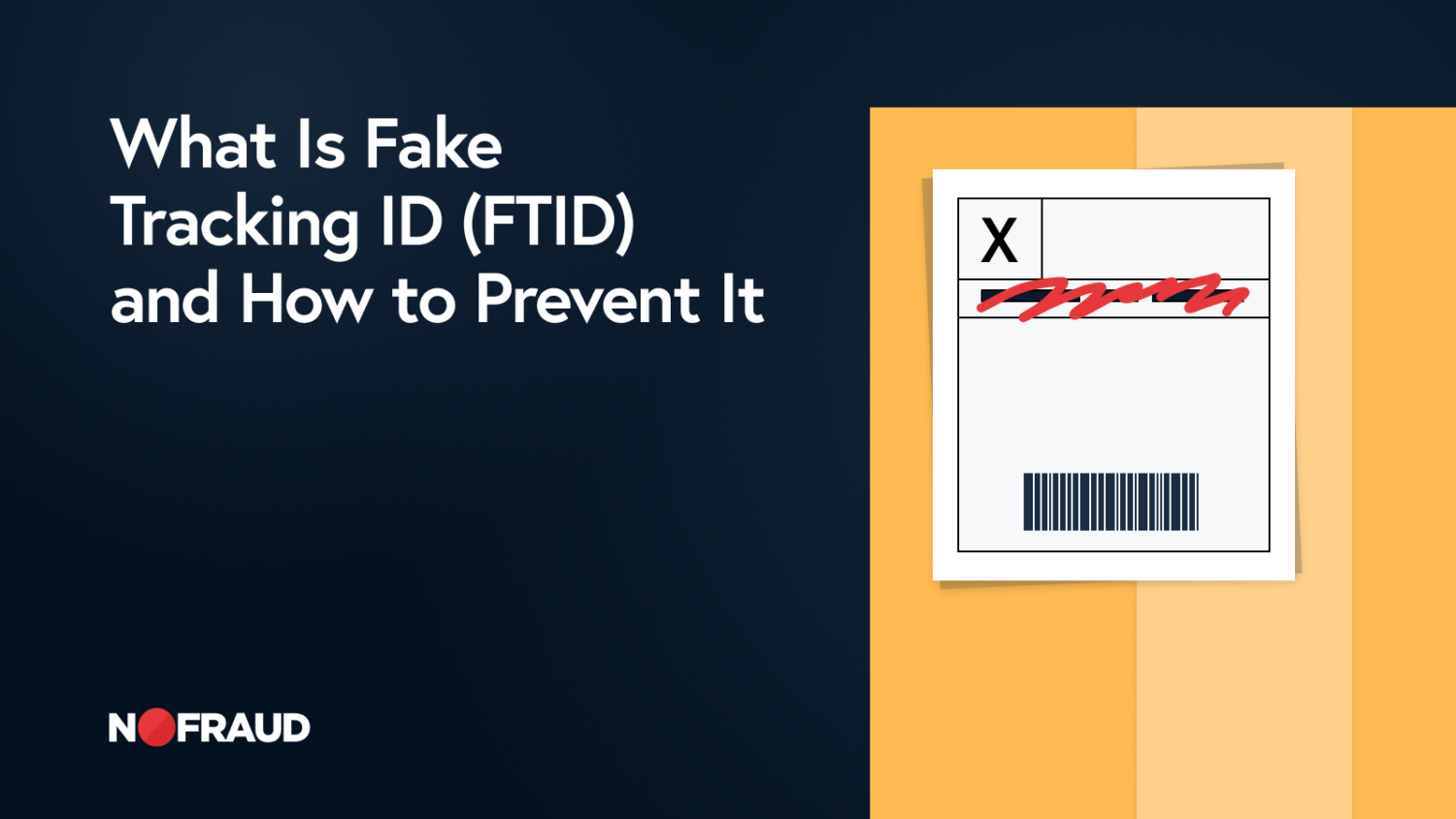First-party fraud is particularly insidious and challenging to detect among all the types of ecommerce fraud. It’s possible that even our favorite customers may have engaged in this type of fraud at some point as 35% of shoppers have admitted to committing first-party fraud, with 34% citing economic hardship as their reason for doing so. Financial challenges are making it easier for good citizens to justify fraudulent behavior. Unfortunately, it’s still fraud and has a negative impact on revenue for businesses. Unlike traditional fraud that involves identity theft, first-party fraud is committed by consumers using their own identity, or a synthetic one they’ve created, to make purchases or obtain credit with no intention of repayment.
What is First-Party Fraud?
First-party fraud occurs when a legitimate online shopper deliberately engages in fraudulent activities to gain a financial advantage or obtain goods or services without intending to pay for them. This form of fraud is committed directly by the consumer, without the involvement of an external fraudster or identity thief. Unlike traditional fraud schemes that often involve stolen credit card information or account takeover, first-party fraud involves deceitful actions by the account holders themselves.
Types of First-Party Fraud
- Friendly fraud or chargeback fraud: When a consumer makes a legitimate transaction and then disputes it as fraud or unauthorized to avoid payment.
- Return fraud or refund abuse: Customers exploit a merchant’s return policy by claiming a product was not as described, faulty, or not received to secure a refund or replacement while retaining the original item.
- Overstating financial information: Individuals inflate their income or assets on credit or BNPL applications to qualify for purchases they have no intention of repaying.
How to Prevent First-Party Fraud
- Monitor shopper behavior and block repeat offenders. Use advanced analytics to detect unusual shopping patterns like high return rates. Set alerts so your fraud analysts or customer service representatives can further investigate suspicious accounts. Add repeat offenders to your fraud prevention solution’s blocklist so future transactions are automatically rejected.
- Report repeat offenders to their financial institution. Maintain an effective chargeback management process by keeping thorough records of all transaction details. Report repeat offenders to their bank or credit card company so they can further action — and provide all the evidence you’ve compiled over multiple transactions.
- Create dynamic return policies. Tailor return policies based on customer history and risk profiles to prevent exploitation. For riskier customers, establish stricter refund policies, such as shorter return windows or requirements for original packaging and receipts, to deter fraudulent returns.
- Regularly audit returns and chargebacks: Conduct regular audits of returned items to ensure they match the product descriptions and conditions as claimed by the customers. Audit chargeback transactions
- Follow chargeback prevention best practices.
Before a customer makes a purchase, the best approach a business can take is to make sure they’re delivering a premium pre-purchase experience. Are your product descriptions clear and accurate? Is the return policy easy to understand? And after purchase, make sure to continue the experience by delivering white-glove-level customer service. A great customer experience can be a strong deterrent for friendly fraudsters as they may feel guilty scamming a brand they’ve grown to love.


